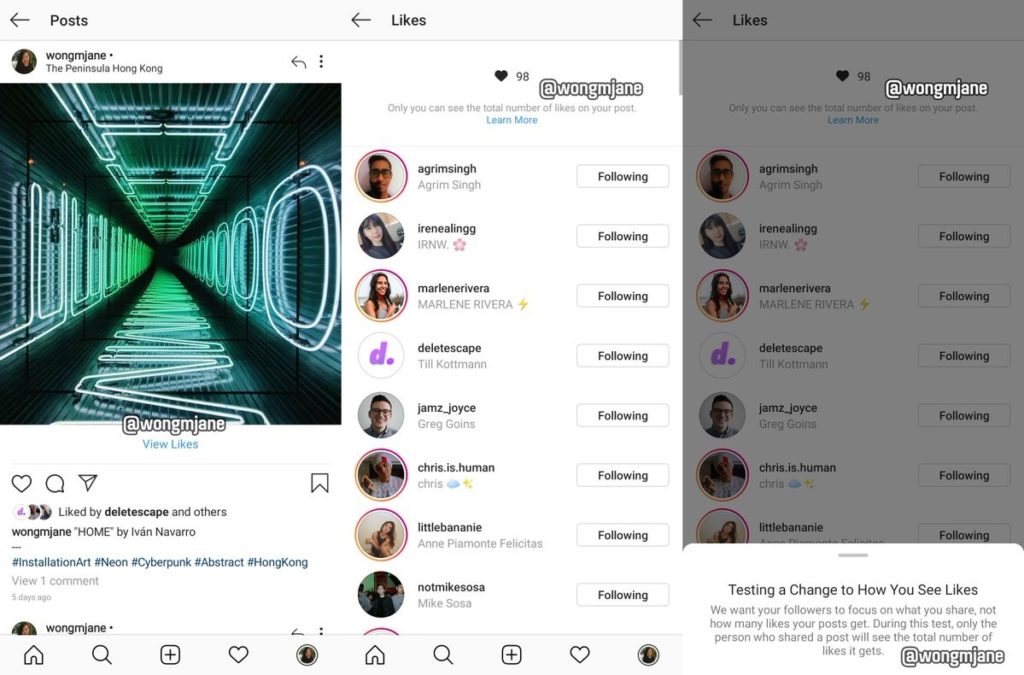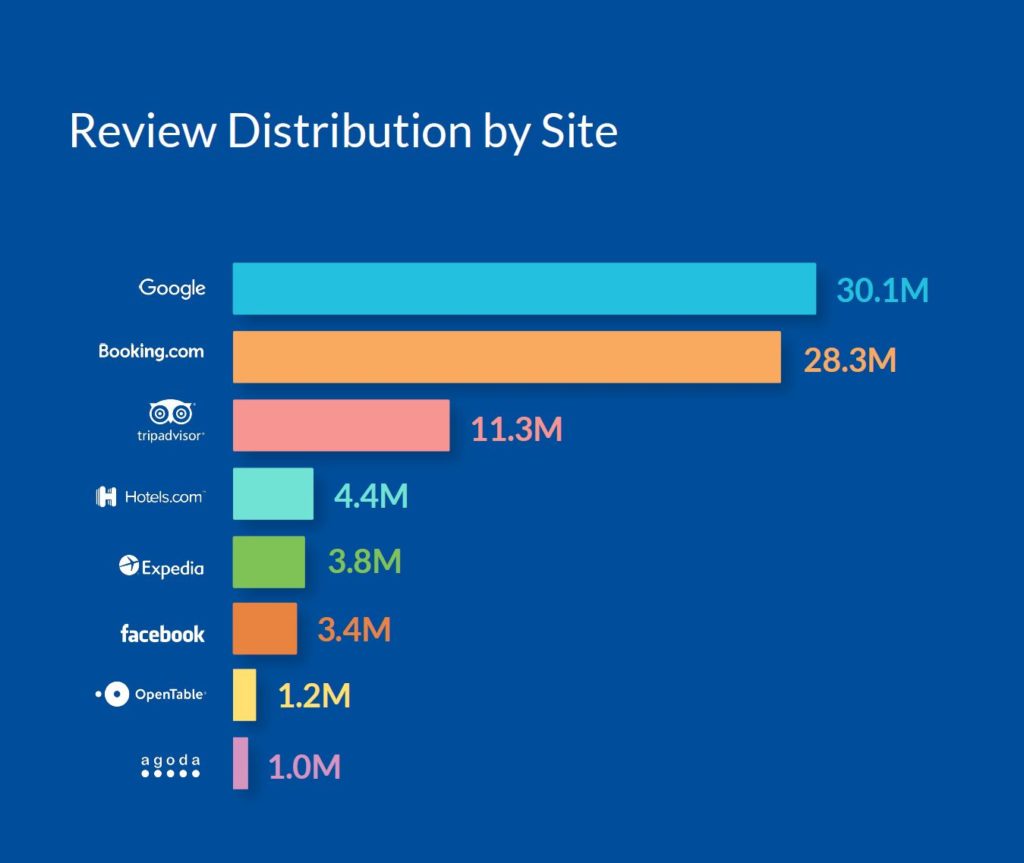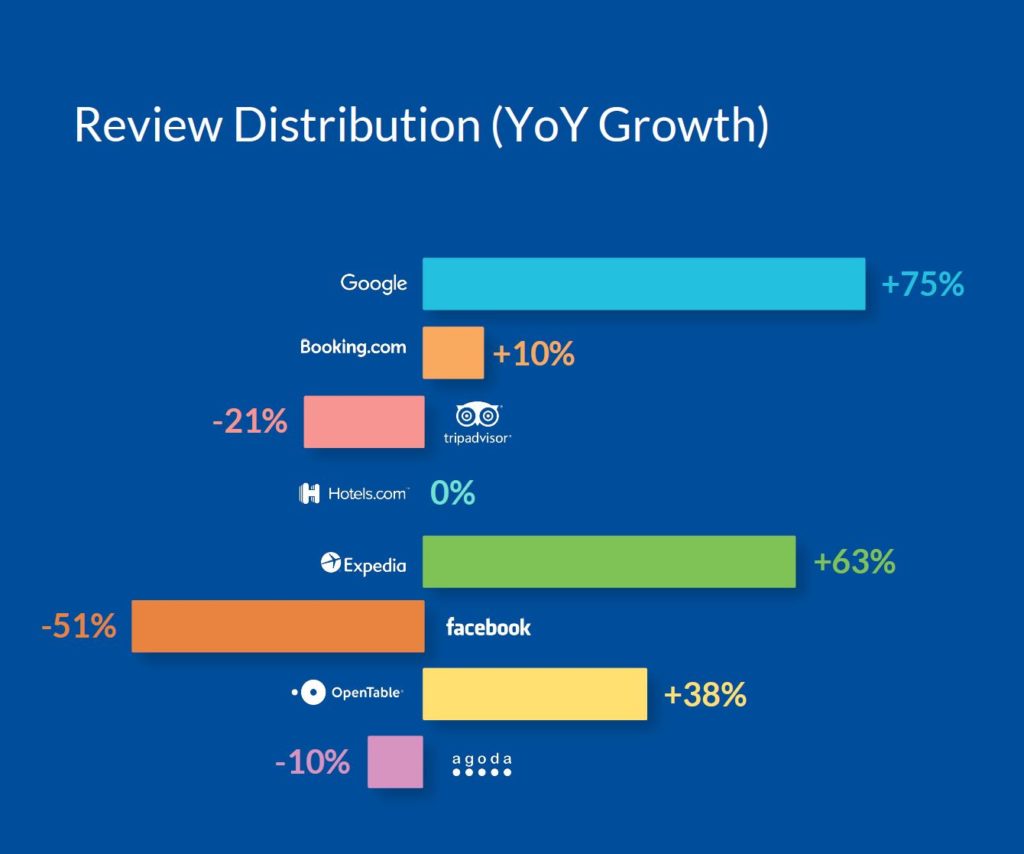Instagram May Hide Likes Count on Photos
Instagram is considering hiding the like count on photos, so followers can’t see how many people have liked an individual post. As demonstrated by code hunter Jane Wong, the still unreleased feature would publicly hide like counts. In her test post, she states that Instagram wants “your followers to focus on what you share, not how many likes your posts get.” Only the account owner who posted a photo will be able to see the number of likes it has received.

For its part, Instagram says that it has not tested the feature. In a statement to The Verge, an Instagram spokesperson said: “We’re not testing this at the moment, but exploring ways to reduce pressure on Instagram is something we’re always thinking about.”
As the app states, “we want your followers to focus on what you share, not how many likes your posts get. During this test, only the person who shares a post will see the total number of likes it gets.” That’s how Instagram describes a seemingly small design change test with massive potential impact on users’ well-being.
Likes, while absolutely demoralizing at times, encourage people to post and give them incentive to post content that performs. It also can incentivize the posting of less authentic content, however, like gorgeous landscapes, nudity, or thirst trap photos that might garner likes, but aren’t the most interesting or thoughtful.
Hiding Like counts would have a number of consequences for both Instagram account owners and followers alike. One possible effect is reducing the herd mentality, where a lot of people simply “Like” what’s already got tons of Likes. For younger audiences (primarily teenagers) it would reduce the sense of competition and associated stress when they compare their own “Like” counts with their peers and more popular friends. Some kids go as far as deleting their own pictures if they don’t receive a decent number of Likes shortly after they are posted. And it could encourage creators to post what feels most authentic rather than trying to rack up Likes for everyone to see.
Finally, Instagram influencers may have a more difficult time showing their outreach power if only they can see the results of the posts they share while their advertising sponsors are left a bit more in the dark.
Hotel Reviews – Another Google Dominance In Hospitality
Excerpt from Revinate Report:
While there are signs that the online review craze is slowing down, global review sites and Online Travel Agencies (OTAs) continue to play a critical role in travelers’ booking decisions. It remains as important as ever for hoteliers to not only benchmark their reviews against those of their competitors but also to operationalize guest feedback in order to identify the assets and services that guest love and understand where there is room for improvement.
Benchmarking provides an independent perspective on how well you perform compared to other hotels. With this insight, you can easily see performance gaps, identify areas for improvement and develop a standardized set of processes and metrics to track your success going forward. Average review rating, review response rate and review frequency are vital benchmarks for hotels since online reputation drives increased revenue. According to a well-known Cornell University study, a larger volume of positive reviews correlates with increased bookings and the ability to raise rates.
The number of reviews published on review sites and OTAs continues to grow year-over-year, but there is some indication that the popularity of writing reviews may be waning. In 2018, travelers wrote nearly 95 million hotel reviews. While this number is staggering, the number of new reviews only grew by 8% in 2018, compared to 27% in 2017.

While the average number of reviews per month per hotel increased 6% in 2018, from 53 to 56, growth has slowed significantly. In 2017, we noted a 34% increase in reviews per month per hotel. This suggests that review growth is slowing across the industry.

In 2017, the top 4 sites contributed 74% of the review volume Revinate analyzed. This year, a greater percentage came from just the top 3 sites. In other words, a few aggregators at the top are contributing the lion’s share of reviews—and those reviews are continuing to concentrate in fewer places.
Average Response Rate by Review Rating
When advising our clients, we suggest that hoteliers respond to all 1- and 2-star reviews, assuming there is actionable feedback, as well as 5-star reviews. 3- and 4-star reviews should also be responded to as needed to address any bad experiences and to assure the reviewer that management is serious about improvement.
Thank you for reading. Until next time, this is Manuel Gil del Real (MGR)
Sources: Instagram – Revinate




